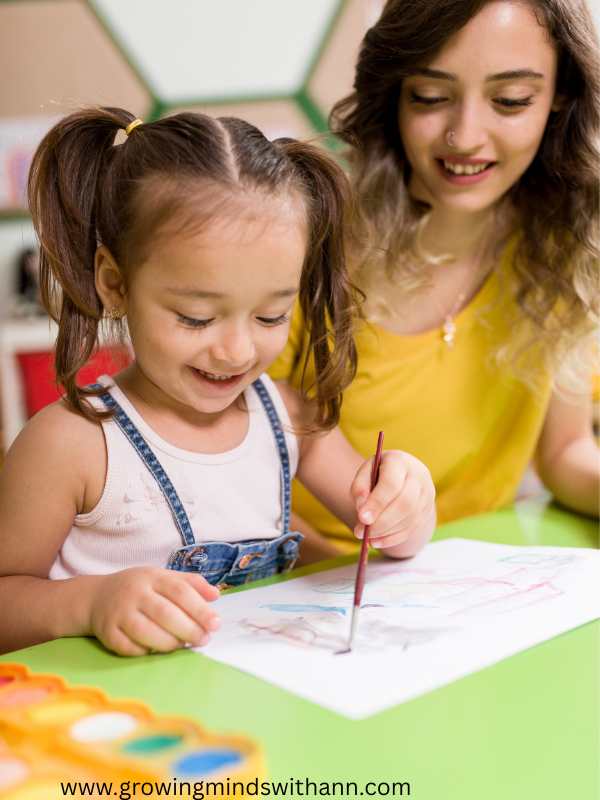In this post, I will be sharing 10 proven homeschooling tips every mum needs for preschoolers.
These tips are practical and easy to follow ideas that will help you to create a fun learning environment that will support learning and also stress free for both you and your child.
Homeschooling a preschooler can be both exciting and a little bit overwhelming especially if you are a first time mum who is just stepping into this journey.
I can remember when I was homeschooling my first child, some days were filled with beautiful laughter as we read stories, painted pictures and ran around the living room while other days, she would lose focus and wouldn’t want to indulge in any activity I had planned. But in those moments, I reminded myself that learning doesn’t have to look perfect all the time.
The journey of homeschooling my preschooler was one that stretched my patience but at the same time filled my heart with memories I cannot trade for anything in the world. When I began to see the results of my efforts, I was excited and then I realized that I am there to hold her hands to discover the world for the very first time.
You might be asking, where do I even begin? Do I need a strict schedule? What if I’m not teaching enough? But the truth is, homeschooling preschoolers doesn’t have to be a tedious task. Because at this age, your child learns best through play, curiosity and everyday life. Therefore you don’t need fancy resources or a perfect classroom setup to make it work, you already have what matters most which is your love,time and presence.
10 proven Homeschooling Tips for Your Preschooler
1.Start Homeschooling your preschooler with a simple daily routine
In the course of homeschooling my preschooler, I realized that one of the best gifts you can give to your child ( preschooler) and yourself is having a simple daily routine.
This helps the child to know what to expect next and it also makes things so much easier for you as the mother. You have to consider your family schedule in order to know how you will fix the appropriate time for homeschooling that will not in any way affect you or your child.
Homeschooling preschoolers should not in any way involve rigid schedules, rather should be more about creating a gentle rhythm your child can count on. It should be short, playful and flexible. For instance you can have a daily routine like: breakfast, followed by morning activities such as reading, letters, or a fun craft, then comes playtime, snack and outdoor time.
Having this kind of routine helps to keeps your child engaged, and also gives you a sense of direction without stress. Though some days may not go as planned, try to be consistent.
2.Homeschooling preschoolers involves play based learning
Another homeschooling tip you need as a mum is using play based learning. Preschoolers are naturally good at playing and that is the easiest way they learn and assimilate things. Therefore, formal lessons are not as effective as building with blocks, pretending to cook in a toy kitchen, or exploring environment.
Play helps children to develop problem-solving skills, creativity, language, and even early math and science concepts without them even realizing it. For example, stacking blocks teaches them about balancing and counting while puzzles strengthen their critical thinking abilities.
As a homeschooling mum, you don’t need to force learning, instead, create opportunities for your preschooler to play freely and guide them gently when needed. Sometimes the most valuable lessons happen when you step back and let your child lead the way.
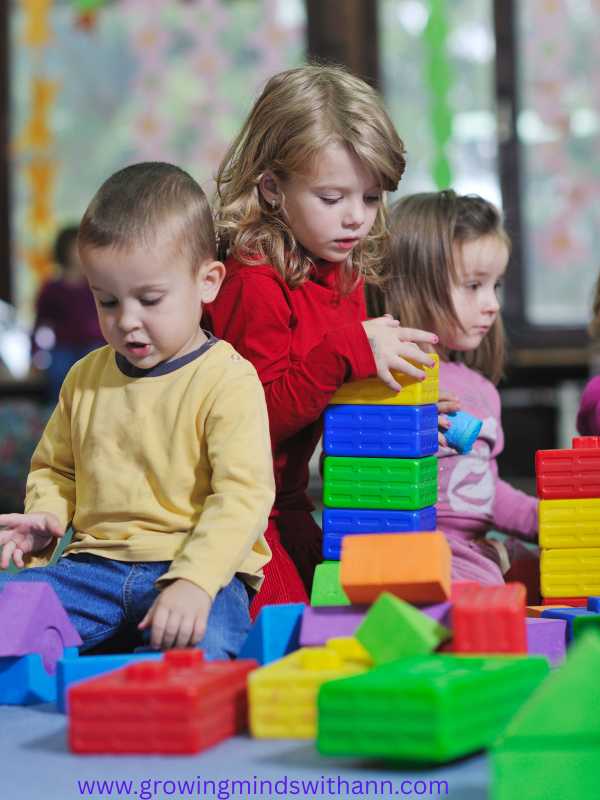
3.Keep Homeschooling Lessons short and engaging
Although preschoolers are curious, energetic, and full of life, they also have very short attention spans. You can not expect a preschooler to sit through a long lesson, that would be like asking them to stay still during a birthday party, which is actually not realistic.
Homeschooling lessons for preschoolers should short, simple, and fun. It should not last for more than 10–15 minutes, followed by a break for play or movement. For instance, you might spend a few minutes reading a story, singing a counting song or practicing letters with magnetic alphabet toys, then let your child run around, dance, or do any hands-on activity.
Try as much as possible to follow your child’s energy. Whenever they lose focus, you can pause and continue later. The goal is not to push through, but to keep learning enjoyable. Because at this age,their little minds soak up knowledge best when they are happy and engaged.
4.Use everyday life as a learning opportunity for Homeschooling Preschooler
Using everyday life is also a homeschooling tip that every mum needs for preschoolers, it gives you the chance to turn ordinary moments into meaningful learning opportunities. Children of preschool age are naturally curious, you can take advantage of their curiosity to help them turn everyday experiences into beautiful learning moments.
In my own case, whenever we visit the grocery store, I always allow my child to count and pick the number of fruits we need, pick up beverages and other things we need. This act helped my daughter in developing simple mathematical skills. You can also use this technique and see how it will work out for you and your child.
During laundry time, your child can help you to sort the laundry by colours, they can also help with little chores in the kitchen such as passing the salt container to you, count the quantity of ingredients you will use in cooking while you measure them.
Everyday life experiences are powerful learning tools for homeschooling preschoolers because they learn best through hands-on exploration and real-life connections. It helps in building their critical thinking ability and as well as helping them to understand that learning is useful and connected to the real world.
5.Incorporate fun hands-on activities in your homeschooling plan
One thing I quickly learned while homeschooling my child during her preschool age was that little hands are always busy. They want to touch, build, squeeze and explore everything around them which is exactly the best way for them to learn.
I remembered the first time I set up a simple sensory bin with rice, scoops, and a few toy animals. My child was completely fascinated, pouring, filling, and making up little stories with the toys. To me, it looked like play, but in reality, she was practicing fine motor skills, problem-solving, and even learning early math concepts.
Hands-on activities don’t have to be complicated.They are those simple things like finger painting, building towers with blocks, sorting buttons by color, or even baking together. These allow your preschooler to learn through doing and not just watching.
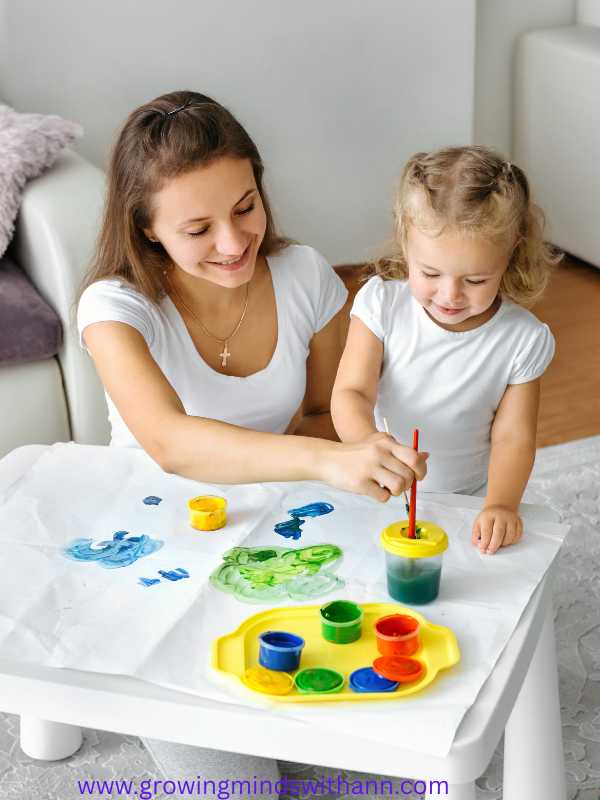
6.Read together everyday with your preschooler
If I could give just one piece of advice to any mom homeschooling a preschooler, it would be to read with your child every single day. Story time is one of the simplest and most powerful ways to help your little ones learn. It is also one of the sweetest bonding moments you will ever share with your child.
I will never forget the way my child’s eyes lit up the first time she recognized a character in a book we had read over and over again. It made me realize that kids don’t just hear stories, rather they live them, imagine them, and also carry them in their hearts.
Reading aloud helps build vocabulary, sparks imagination, and introduces early literacy skills long before formal reading lessons begin. But beyond academics, it creates a cozy, safe space for you and your child.
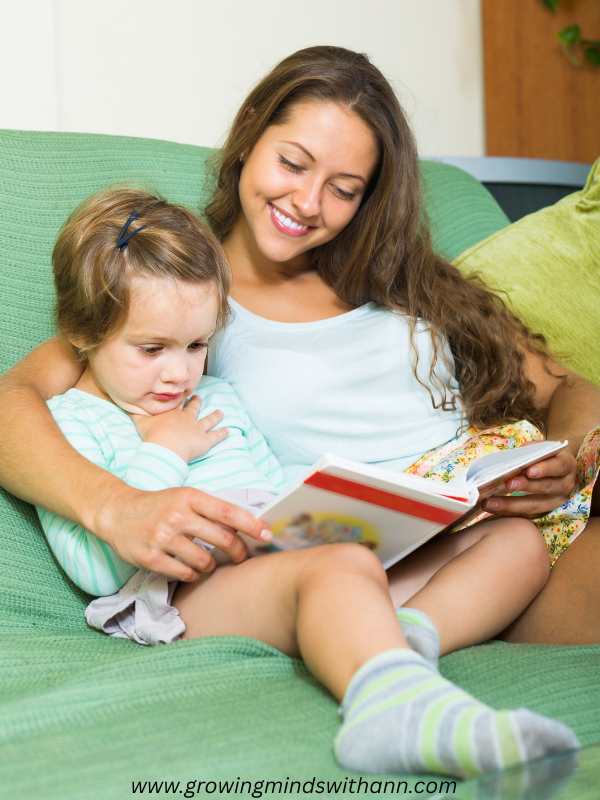
7.Create a Learning Space at Home for homeschooling your preschooler
When I first started homeschooling my preschooler, I thought I needed a fancy setup such as posters on the wall, shelves of books, and a perfectly organized desk. But then I realized that those things are not essentials for homeschooling preschoolers. What matters is to have a cozy and inviting space where learning feels fun and natural.
For us, it was a little corner in the living room with a small basket of books, crayons, paper, and a few puzzles, which became our learning spot. Whenever we sat there, my child knew it was time for something special, reading a story, drawing or doing a simple activity together.
Having a consistent learning space helps kids to focus and connect to their environment. It doesn’t have to be a whole room, just a table, a comfy rug or even a little box of supplies that you pull out each day can work wonders. Your homeschooling space should not necessary be perfect but it should feel safe, familiar, and fun for your child to learn in.
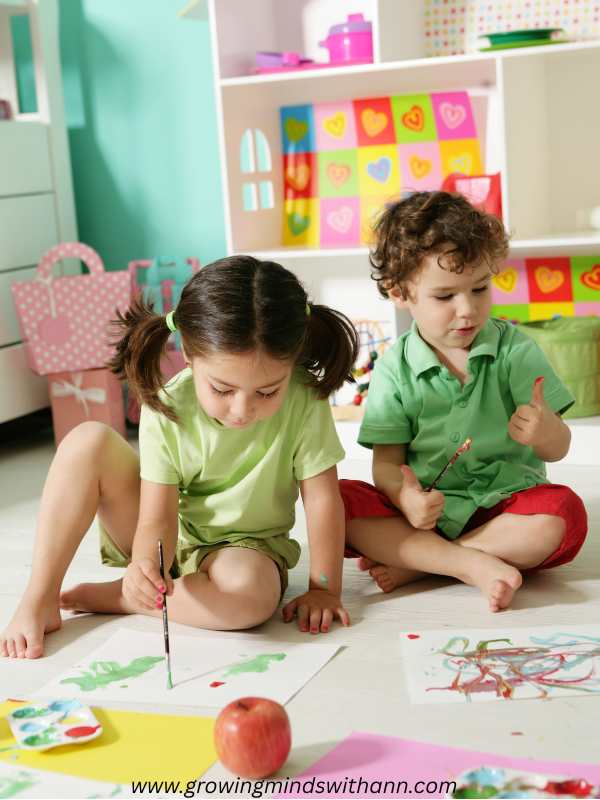
8.Encourage outdoor learning
From my experience, I can tell you that some of the best lessons do not happen inside the four walls of your homeschooling space, they often happen outside. This is because Preschoolers are natural explorers and outdoor activities are like a giant classroom waiting to be explored by them.
One afternoon when we went for a simple walk around our neighborhood. My child stopped to watch ants carrying crumbs, at the sight of it, she began to ask a series of questions which I helped her to discover their answers. She also noticed that there are different colors of flowers, and her curiosity increased. At the end of our short walk, I discovered that we have already covered science, colors, counting, and even storytelling.
Outdoor learning can occur during a trip to the park, watering a garden together, collecting leaves, or even playing with sand and water. These things can spark curiosity and teach important concepts. Fresh air also gives kids the chance to burn off energy, which enables them to come back calmer and more focused for indoor activities.
9.Be Patient and Follow Your Child’s Interests
When homeschooling a preschooler, you don’t have to rush your child into learning new things or even comparing your child to other preschoolers, remember that every child learns at their own pace. Follow your child’s pace and don’t try to force learning on them.
The first time I introduced counting, I noticed that my little one wasn’t interested. At first, I was worried, but the moment I shifted and followed the things my child was curious about, I discovered that the learning flowed naturally. We ended up counting toy cars, drawing shapes, and other interesting things. And at that point she became excited and flowed with the lessons as she didn’t feel forced to learn.
Being patient means letting go of comparisons. Your child doesn’t need to keep up with anyone else, they need the space to explore what sparks their curiosity in them. When you follow their interests, not only do they learn faster, but they also enjoy the process so much more. Whenever the journey seems overwhelming, take a deep breath and continue when you are ready and remember that you are planting a seed which will bloom in no distant time.
10.Connection matters more than perfection
This homeschooling tip for your preschooler is not about having the perfect routine, the fanciest supplies, or the most impressive lesson plans. It’s about the connection you are building with your child.
Some days, everything will go smoothly, you will achieve all your planned activities and your child will also be excited to learn, which will make you feel like a super mum. On other days, nothing of such will happen.
Your child won’t remember if you skipped a worksheet or forgot to stick to the schedule. What they will remember is how safe, loved, and happy they felt learning with you. That bond is the foundation of a lifetime curiosity and confidence.
Connection beats perfection and the love you pour into your little one is the real lesson.
